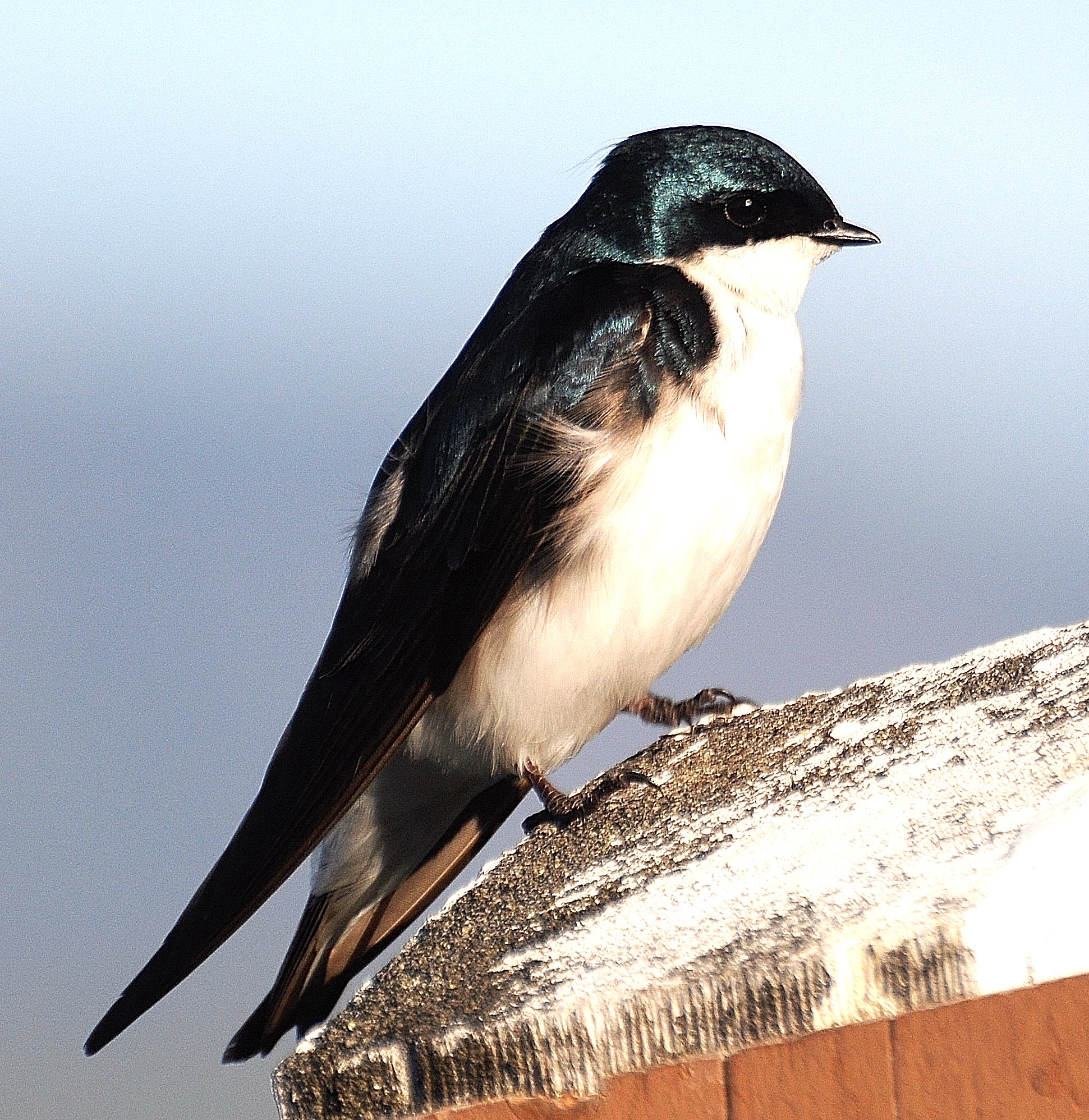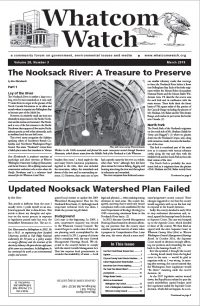by Joe Meche
Equinoxes occur on any planet that has a tilted rotational axis. On Earth, the equinox is the time of year when the plane of our equator passes through the center of the sun, resulting in equal times of day and night. This phenomenon takes place twice a year, generally around the same dates. The spring or vernal equinox occurs around March 20, while the fall or autumnal equinox usually arrives close to September 20. From our perspective, on the days of equinox, the sun is directly overhead. On the fall equinox, the sun is heading southward leading us into the colder months of winter. The opposite occurs with the spring equinox as the sun is moving to the north, assuring us of longer days and warmer weather.
While we were in the midst of the February cold snap and the ensuing Blizzard of 2019, it was difficult to believe that the spring equinox really was right around the corner. It happens this year on March 20, at 2:58 p.m., PDT. Since we move our clocks forward on March 10, we’ll be well into Daylight Saving Time. We’ll begin to see longer days, during which to put off those things we should have done last fall (before we moved our clocks back an hour). It’s part of the annual ritual to keep us on our toes, even though there are some who see it as a pointless exercise. More than a few folks get very excited with the spring version and then become sad when fall requires that we fall back. I remain neutral and always look at the humorous side of it all. Clocks and calendars … it might be interesting to see how we would function without them.
Another aspect of spring is the eternal malady of spring fever. After long and sometimes wet and cold winters, we always rejoice to have made it through to a more bearable season. Homeowners are often anxious to see how their property fared, while outdoor enthusiasts are eager to get back into the rhythm they left behind back in November. Birders are quite possibly among the more excited humans as we look forward to better weather and even fewer layers as we pursue our unique passion. Birding festivals, like the Wings Over Water Festival in Blaine, are timed to celebrate the spring migration of birds heading to or arriving on their breeding grounds.
By the time you read this column, we should already have swallows overhead, with more bird species to come as the season unfolds. Swallows are the true harbingers of spring, since we have robins around throughout the year. From the first days of spring, the excitement of arrivals and departures can be frenetic. Birds that have wintered on local waters will slowly lose their drab and mostly gray plumage as they don their breeding finery. Two perfect locations to witness this change are the public piers at Blaine and Semiahmoo, where loons and grebes are frequent and numerous. After they attain full breeding plumage, these birds will depart for the next six months to nest and raise the young of the next generation.
For many birders, the most anticipated part of spring is the arrival of the Neotropicals. These are the birds that winter as far away as South and Central America and Mexico. With their arrival, they bring brilliant breeding colors and a variety of melodious birdsong. Resident birds will have to compete with the wide range of wood warblers, black-headed grosbeaks, and Swainson’s thrushes. The hardy Anna’s hummingbirds that spend their winters with us will already be nesting, while bushtits will be at work building their incredible hanging nests. Wetlands like Scudder Pond will ring with the sounds of red-winged blackbirds, while swallows course overhead in pursuit of flying insects. Spring truly is the season of revival and rejuvenation, and a reward to all who have persevered through the colder months.
Spring also serves as the gateway to better weather for road trips both near and far, and no one I know is more aware of this than I am. I already have a short list of overnight trips to a few hotspots on the west side as well as a list that begins as soon as Washington Pass is cleared of snow and State Highway 20 is again open to the east side of the mountains. In fact, we already have reservations for a three-night stay at a favorite spot, with hopes that the pass will be open by the time of our planned departure. It’s an annual cross-your-fingers moment in time. And then there’s the spring migration of shorebirds on the coast to consider. Spring is happening so stay tuned! Get out and celebrate the vernal equinox!
_________________________________
Joe Meche is a past president of the North Cascades Audubon Society and was a member of the board of directors for 20 years. He has been watching birds for more than 60 years and photographing birds and landscapes for more than 40 years. He has written over 170 columns for Whatcom Watch.





























